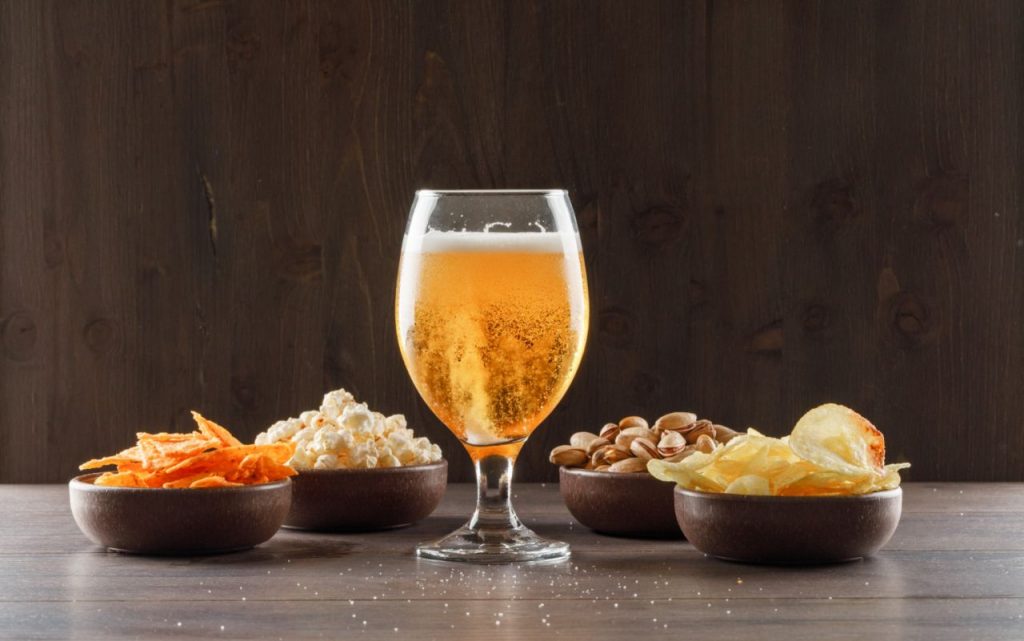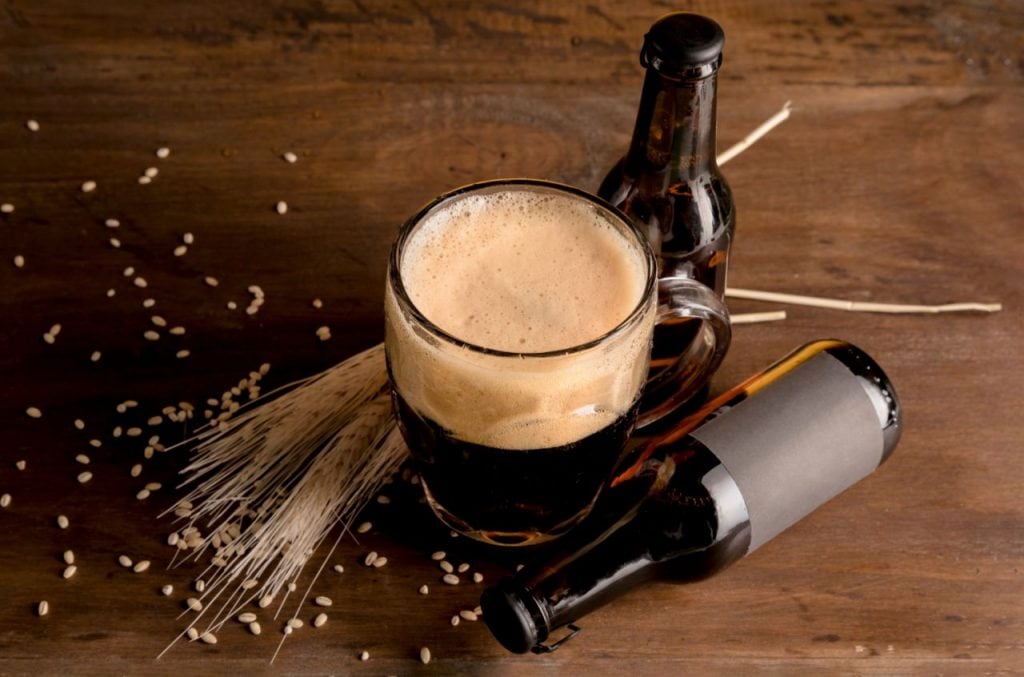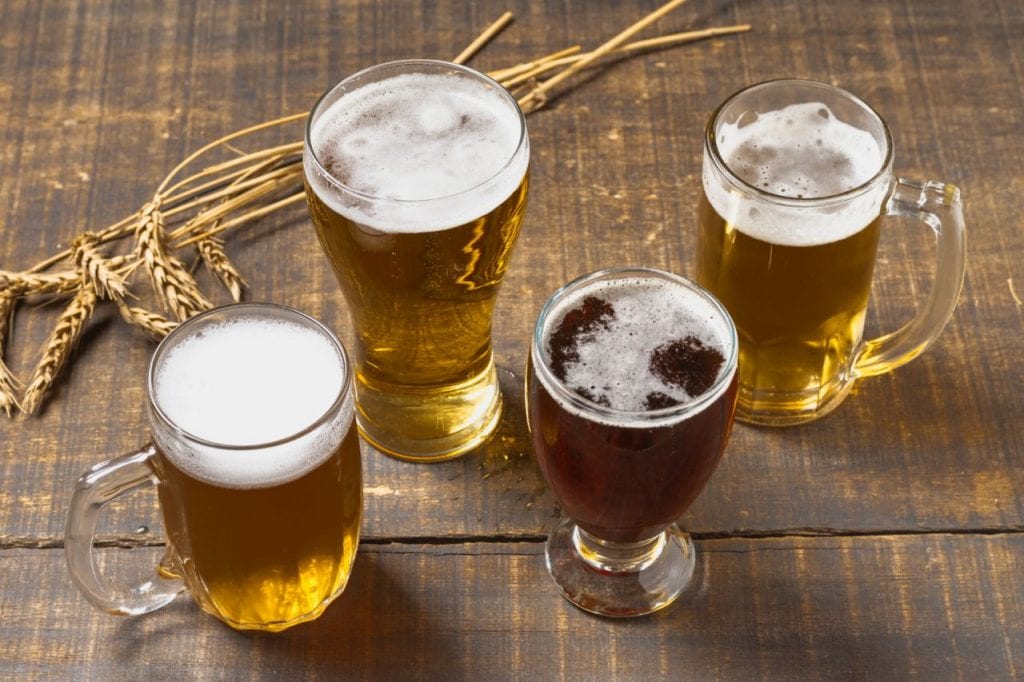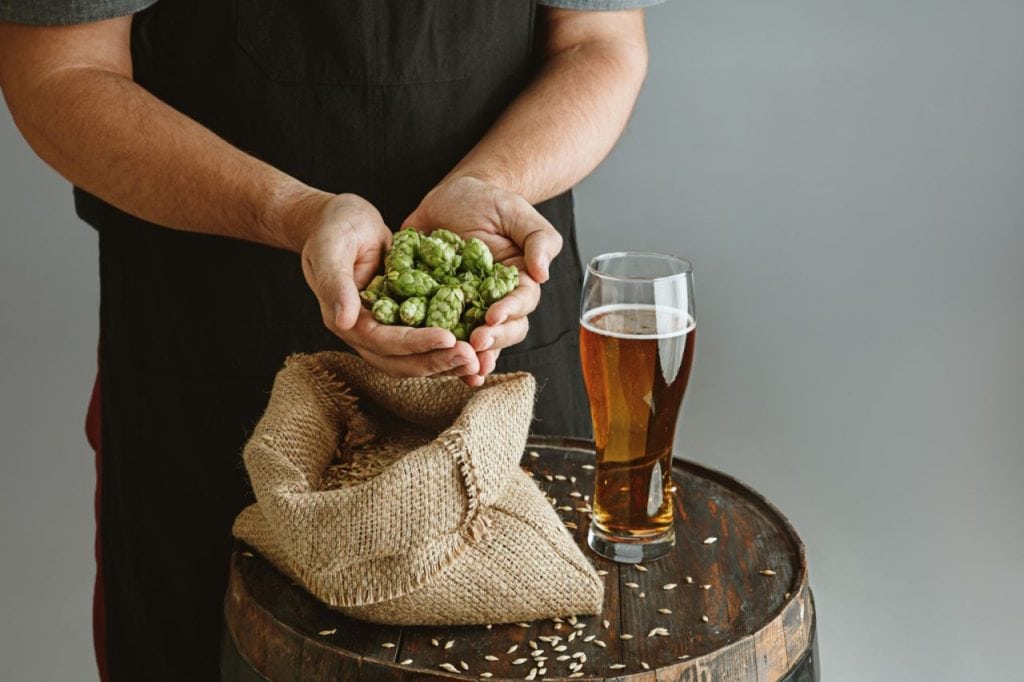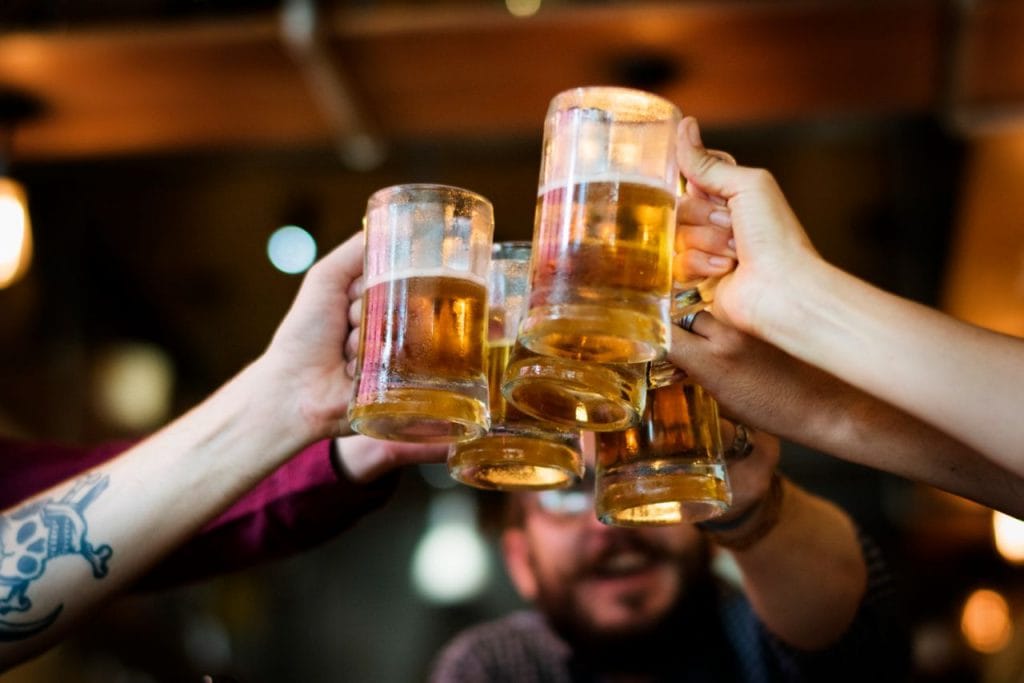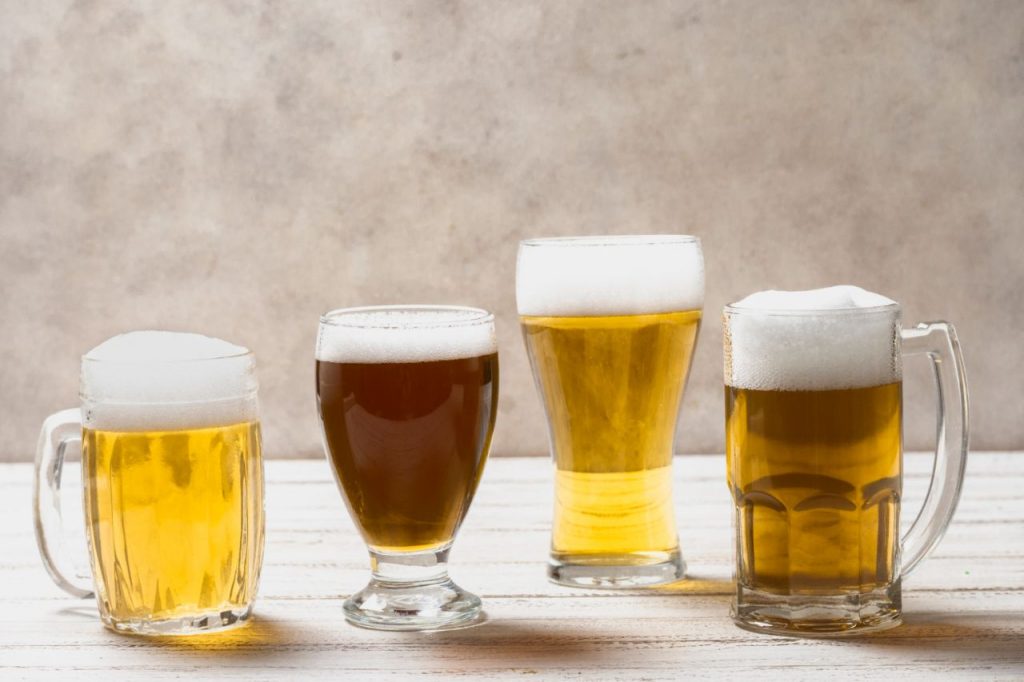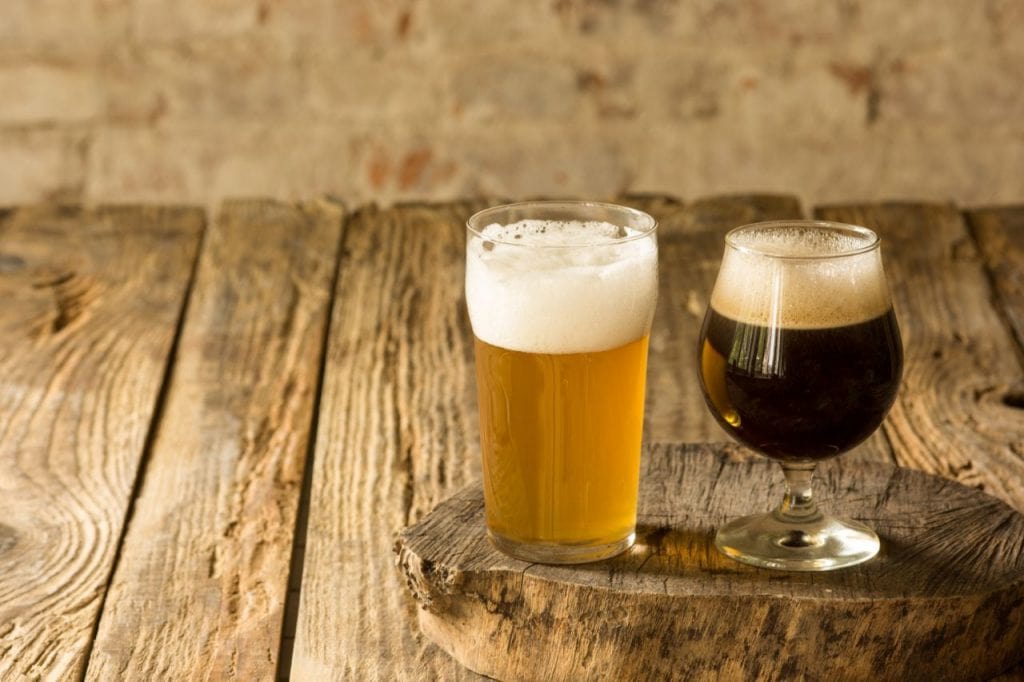Beer, the first and most popular alcoholic beverage, is still widely produced today. Beer is a traditional staple in many nations and cultures because it is made using brewing methods that have not altered significantly despite the advent of modern technologies. Beer is as deeply rooted in the history of many cultures as their conflicts, if not the reason for them.
But in the current world, there are a lot of jargon bandied about about beer and the making of beer that make a drink with such a lengthy history virtually bewildering. Just as there are many distinct styles of beer produced in different parts of the world, there are also many different names for breweries that vary in size and focus on production and distribution.
The majority of breweries fall into one of many categories, however some may have characteristics of more than one.
- Craft brewery
- Microbrewery
- Farm Brewery
- Nano brewery
- Brewpub/Taproom
- Contract Brewing Company
- Macro brewery
What Is A Brewery?
Breweries are places where alcoholic beverages like beer are produced. In most cases, this will be a sizable structure housing several pieces of machinery. A brewer is a person who works in a brewery. Beer is made from four basic ingredients: malt, hops, yeast, and water. Brewing, or plain brewing, refers to the action of producing beer. Beer may be made in many different ways. A sizable percentage of the population engages in amateur brewing.
Commercial breweries make massive quantities of beer at once for distribution to bars, restaurants, and merchants; in contrast, "home brewing" refers to the production of beer in small batches for personal consumption. This has led to an explosion of beer styles and flavours.
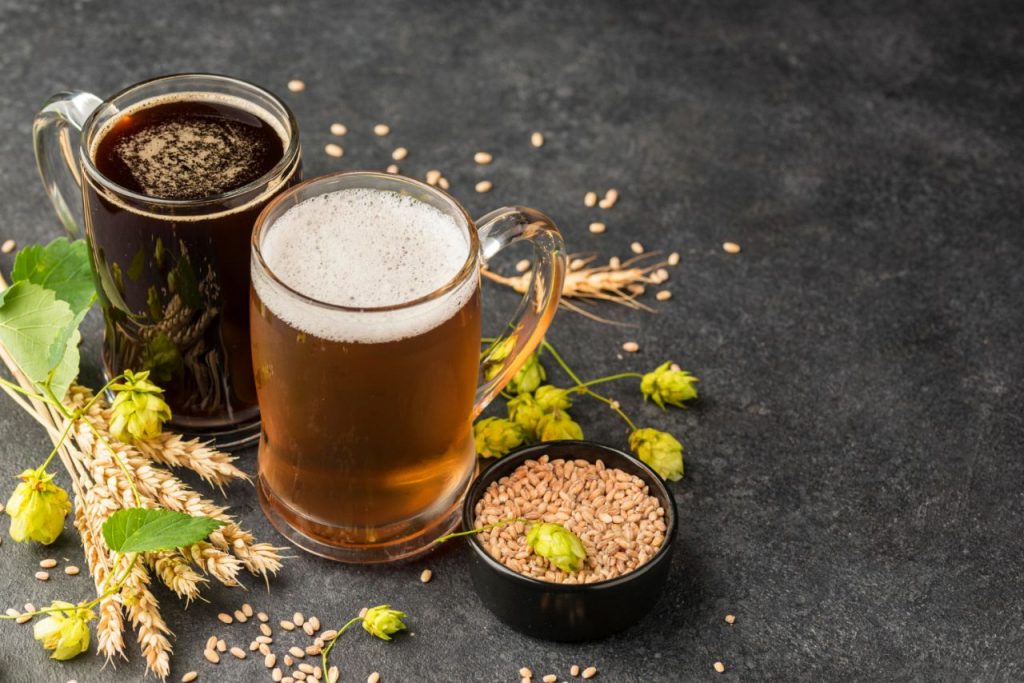
There are many who prefer black beers, while others prefer lighter ones. Craft beers may be found in a broad range of flavours and preparations. Small-batch brewers, sometimes known as "craft breweries," make beers with unique flavours and aromas. Some people like fruity beers, while others prefer hoppy, harsh brews. When it comes to brewing beer, the possibilities are virtually endless.
When it comes to producing beer, one has several options available. Among the many essential components of a brewery, the brew kettle stands out as the most vital. During the brewing process, the wort and the hops are combined in the brewing kettle and boiled together. During the brewing process, the malt and water transform into a wort. The recipe calls for hops.
Many Different Styles of Breweries
In order to properly categorise each variety of brewery, there will be a set of rules and guidelines that are specific to that form of the brewery.
Local Brewery
Beer has been brewed for centuries, but only in recent years has the craft beer movement taken off as more and more consumers seek out handmade goods. Craft breweries are small, independently owned businesses that produce high-quality, one-of-a-kind beers via the use of time-honored brewing techniques.
Craft breweries often use locally sourced materials; some even produce their own hops and barley. The resulting beer is typically of a higher quality and flavour than the mass-produced brews you'll get in most supermarkets. If you enjoy beer and are trying to expand your horizons, or if you are interested in starting your own brewery, then you should definitely taste some craft beer.
To be considered a craft brewery, a business must adhere to the following criteria:
- The brewery is accountable for producing beer at an amount that is either less or equal to six million gallons in a given year.
- The brewery was profit-oriented, and the only share held by a non-related third party amounted to less than 25 per cent of the total. This share was a minority one.
During the production phase, further limitations are placed on the various brewing methods permitted to be used. These limitations are intended to ensure the quality of the finished product. These constraints are related to the processes used to make the beer.
It takes a lot more than just brewing your beer to qualify as a craft brewery; your product also needs to comply with a number of stringent standards before it can be considered a craft beer product. Craft breweries can only qualify as craft breweries if they meet certain criteria. Therefore, craft brewers are required to follow a number of specific guidelines in order to maintain their status as craft breweries.
Macro Breweries
The production and distribution of beer have changed drastically in recent years. The recent explosion in the number of craft brewers has piqued consumers' interest in exploring new and unusual beer varieties. Aside from the rise of the microbrewery, the macrobrewery has stayed substantially intact.
Macrobreweries are large-scale businesses that manufacture a small selection of beers on a massive scale. While not as novel as its small-batch competitors, mega brewers serve an essential purpose in the beer market.
One benefit they provide is a cheaper alternative for beer drinkers who don't want to break the bank. The goods of large breweries are typically distributed more broadly than those of smaller ones, allowing beer drinkers to more easily track down their prefered styles. Don't discount the big breweries simply because you like craft beer or are on a budget. They aren't as eye-catching, but they're nonetheless vital to the beer industry.
Microbreweries
Microbreweries, also known as nanobreweries or craft breweries, produce less than 5,000 barrels of beer each year. When brewed with uncommon or experimental ingredients and methods, the resulting flavours may be very distinctive. Microbreweries' meteoric ascent may largely be attributed to the increasing number of beer drinkers who are eager to experiment with new styles. Microbreweries frequently settle in converted warehouses and abandoned industries.
Because of this, they may take on a unique character, something commonly missing in mass-produced brews. The tours and tastings offered by several local breweries are another excellent option. A trip to a microbrewery is an excellent first step for anyone curious in the wide world of craft beer.
Nano Brewery
When it comes to beer production, a nano-brewery is the way to go. Many nanobreweries are individually owned and run, in contrast to huge commercial brewers. Craft breweries often produce beer on a much smaller scale due to fewer employees and fewer brewing vessels. Nanobreweries may produce and sell their beer directly to consumers, with an emphasis on unique or experimental styles.
A lot of people like going to nano breweries because it lets them support local companies and sample beers they would not have access to otherwise. In addition to providing a more personal atmosphere for beer drinking, some micro breweries also provide tours and tastings so that patrons may learn about the brewing process firsthand. So, if you're like beer or just want to give back to your community, a trip to a nanobrewery is an excellent choice.
Microbreweries, also known as nanobreweries, can get their start in a number of different ways.
- Let's pretend for a minute that brewers were planning on significantly growing their present operations. If that's the case, starting a mini brewery to build a proof of concept that can be used to test the market without a huge upfront cost is a great idea. They may reduce the amount of beer they make by doing this.
- Take the example of a home brewer who is interested in using their pastime to complement their income. Establishing a nanobrewery is an option worth considering in this instance.
- Someday day, eating establishments will likely begin brewing their own beer in order to sell it to the same consumers that frequent them for meals.
Nanobreweries require a less investment to get started, but they don't tend to be as profitable as their bigger counterparts. Since nano breweries can't acquire bulk components, their profit margins are razor thin even if the amount of labour necessary to make three barrels of beer is comparable to that of producing seven to ten barrels of beer.
Brewpub
Brewpubs are quickly rising to the top of the list of places to visit while in quest of a good time with friends. But what does it mean to "visit a brewpub" in particular? A brewpub is a type of restaurant that also makes its own beer. When compared to bars and restaurants, brewpubs have an edge because to the wide range of beers they can offer their clients. In addition to traditional ales and lagers, brewpubs frequently explore new beer varieties, such as those with a fruity, sour, or barrel-aged flavour profile. Because they have complete control over every aspect of the brewing process, brewpubs may get quite inventive with their recipes and the ingredients they utilise. If you're in the market for a new and interesting beer and happen to be in the vicinity of a brewpub, you owe it to yourself to check it out.
Farm Brewery
Brewpubs are quickly rising to the top of the list of places to visit while in quest of a good time with friends. But what does it mean to "visit a brewpub" in particular? A brewpub is a type of restaurant that also makes its own beer. When compared to bars and restaurants, brewpubs have an edge because to the wide range of beers they can offer their clients. In addition to traditional ales and lagers, brewpubs frequently explore new beer varieties, such as those with a fruity, sour, or barrel-aged flavour profile. Because they have complete control over every aspect of the brewing process, brewpubs may get quite inventive with their recipes and the ingredients they utilise. If you're in the market for a new and interesting beer and happen to be in the vicinity of a brewpub, you owe it to yourself to check it out.
Contract Brewery
A contract brewery is an operation that sends its brewing operations elsewhere. In today's brewing sector, it is common practise to work with a contract brewer. This setup is gaining popularity as a practical option for brewers of all sizes. Without needing to invest in expensive brewing equipment, smaller brewers may produce higher volumes of beer through a process called contract brewing.

For well-established breweries contemplating growth, it can be a beneficial tool. Contract brewing can help companies increase production without incurring the high expenditures of building a new brewery from the ground up. In many cases, large breweries have unused production capacity and may thus give discounts to contract brewers. Smaller brewers can profit from this arrangement since it allows them to grow without increasing their debt or taking on more risk.
Although there is often considerable wiggle space built into the terms of an agreement, some of the ways in which that wiggle room can be exercised are as follows:
- A contract brewing firm may become an integral part of the brewing process by offering assistance with all stages, including recipe development, distribution, and the provision of brewing equipment. The availability of these services from the company makes this a viable option.
- It's possible that one partner handles brewing operations, while the other handles branding, sales, and distribution through a contract brewing company.
- In the vast majority of partnerships, one of the partners also oversees retail and distribution. Likewise, the contract brewery must brew the beer and package it for distribution in either bottles or cans, depending on the client's desire.
If two parties are talking business, they may be "brewing" a contract. The legal and economic status of a contract brewing agreement is equivalent to that of a business partnership. It's feasible, then, that merging the resources of two partners will be a win-win move for everyone involved.
Gypsy brewing
"Gypsy brewing" refers to the process of manufacturing beer in homes rather than a dedicated brewery. They outsource beer production to independent brewers. Each party may get something from this arrangement. The nomad brewer may get their product to market without the high startup costs associated with permanently establishing a brewery.
The host brewery contributes to the upkeep of its machinery and adds to its cash stream. As the cost of opening a brewery has risen and the number of small breweries has multiplied, gypsy brewing has gained in popularity. Some have taken to labelling gypsy brewers as "opportunists" because of this movement, however the most majority are dedicated to their craft and take great care in the quality of their beverages.
Regional brewery
For the purposes of this article, "regional brewery" will refer to a brewery whose distribution area is limited to a certain geographical region. Local economic growth is important to many consumers, thus they opt to patronise local brewers. Also, local breweries tend to utilise premium ingredients and employ stringent quality assurance measures.
The end result is something tasty that won't make people feel guilty about consuming. In addition, patronising a local brewery helps to keep money and employment in the area. When customers support a large, national brewery, the money rarely stays in the neighbourhood. However, when customers buy from a local brewery, more of their money stays in the community. Many individuals, for these and other reasons, prefer to buy beer from a brewery that's close to home.
Trappist Breweries
Belgium, the Netherlands, Austria, the United States, Italy, and Spain are just few of the nations that are home to Trappist brewers. In accordance with St. Benedict's Rule, these breweries are operated by monks. Some of these breweries are hidden away in ancient monasteries inhabited by monks who have taken a vow of silence for the betterment of their craft.
A hallmark of the Trappist monastic tradition is a commitment to austerity and independence. These monasteries are notable for their continued use of traditional methods in the brewing of beer. Some, for instance, may ferment in open vats, while others may utilise coolships. All Trappist breweries are united by a dedication to quality and sustainability, notwithstanding their unique approaches to the brewing process. The monks of the Trappist order also made cheese, yoghurt, bread, and other baked items in addition to beer. In case you find yourself in Belgium or the Netherlands, be sure to stop by one of these exceptional breweries.
It may seem logical to assume that adding more yeast would increase the final ABV. But unfortunately, this is not the case.
Adding more yeast does not add more alcohol. Yeast consumes sugar to produce alcohol and carbon dioxide. The alcohol content is limited by the amount of sugar in your wort.
Fermentation is somewhat complicated, but it becomes easier to understand when broken down. Additional yeast can speed up fermentation because fermentation lasts as long as available nutrients. Therefore, more yeast will consume the nutrients more quickly.
When yeast is pitched into a wort, it goes through a few stages. In general, the more yeast cells there are, the faster fermentation will move on to the next stage. Usually, it ends when the yeast uses all of the nutrients in the wort, but sometimes it can end early if the yeast flocculates early.
Since yeast can process some sugars more easily than others, it is important to know which sugars are best for brewing.
The two best sugars for homebrewing are dextrose and sucrose. These two sugars are 100% fermentable and relatively simple for yeast to consume.
Yeast usually gets the sugar it needs from grains, but extra sugar can be used for a variety of purposes. Dextrose and sucrose work very well for many of these purposes.

